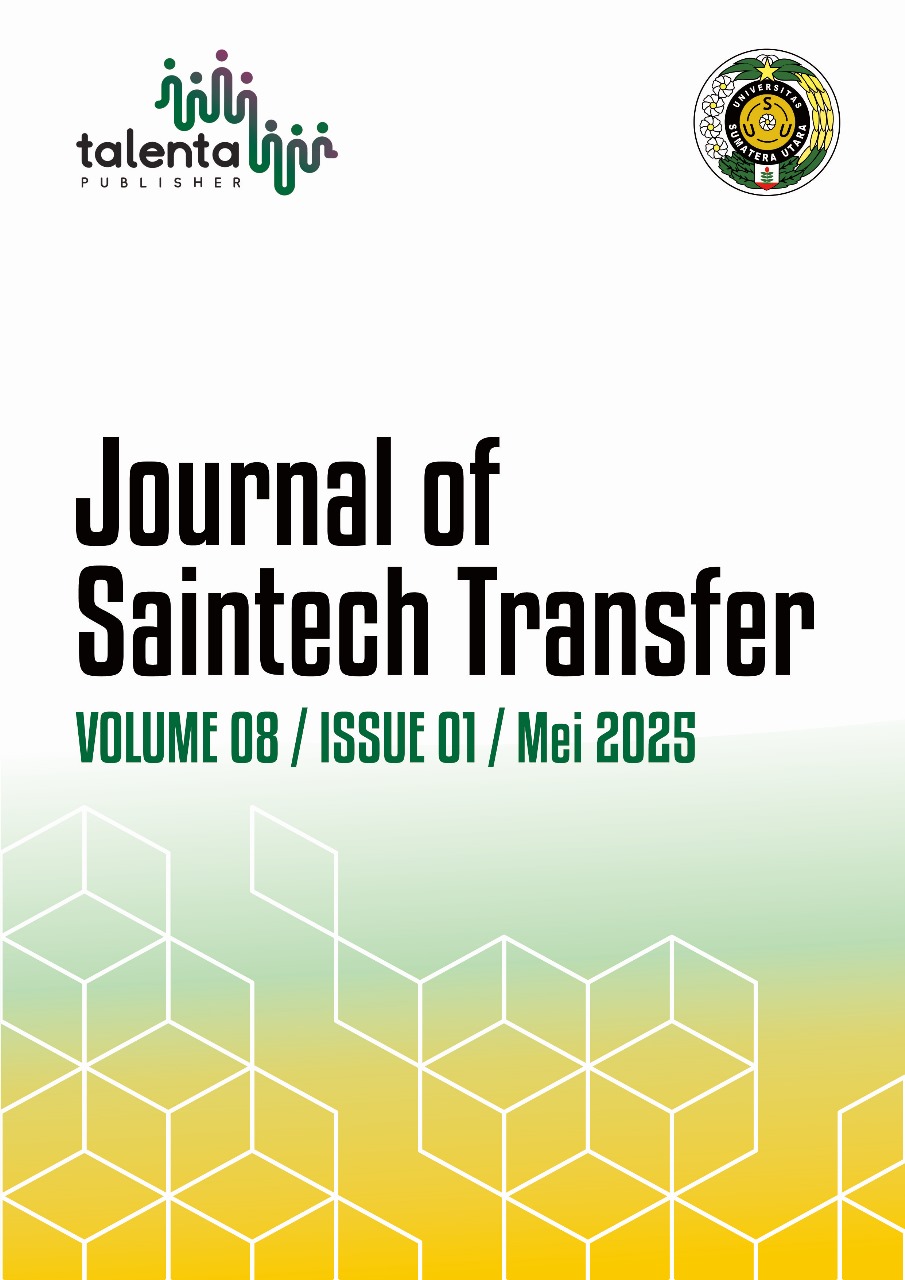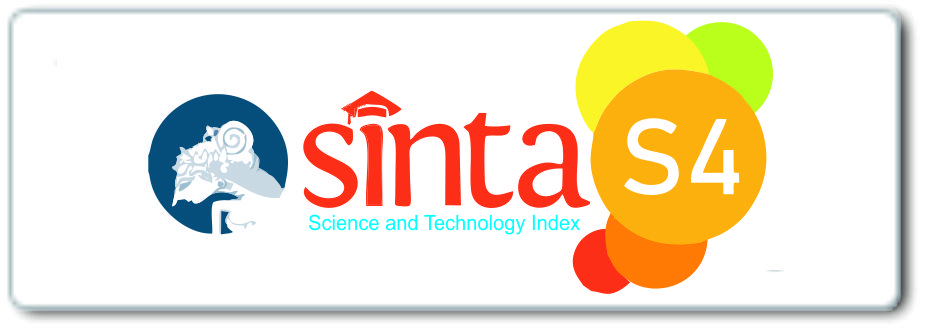Community empowerment with the contruction of biopori absorption holes as a mini project SDGs action of effort to overcome flooding in Paya Geli, Sunggal
DOI:
https://doi.org/10.32734/jst.v8i1.19830Abstract
Floods are disasters that often occur in the community. Floods are often caused by high levels of rainfall, overflowing rivers, and so on. Community empowerment is an activity to create community participation in overcoming community problems independently through making biopore infiltration holes which is one of the efforts to overcome flood inundation in Paya Geli Village, Sunggal District. The aim of making biopore holes is to increase the soil's ability to absorb water, reduce surface flow which can cause floods, and maximize the role of soil organisms in recycling organic material. This activity involves the active participation of the Paya Geli Village community. The implementation method is through Focus Group Discussion (FGD), method demonstrations, and discussions in making biopore holes. Based on the results of community empowerment activities, it shows that 90 percent of PKK women have a good understanding of how to make biopore infiltration holes, while the other 10 percent do not understand, but they video the demonstration of the method so that they can do it themselves with their husbands and the effectiveness of infiltration holes is proven to be 80 percent effective in reducing flooding in the area.Apart from that, this activity also encourages the formation of community self-help groups that are committed to maintaining and preserving the biopore holes that have been created. Thus, community empowerment through the creation of biopore absorption holes has proven to be able to solve the flooding problem in Paya Geli Village in a sustainable manner.
Downloads
References
L. Alfredo, P. Barbosa, K.M. Gerke, and H.H. Gerke. “Geoderma modelling of soil mechanical stability and hydraulic permeability of the interface between coated biopore and matrix pore regions,” Geoderma, vol. 410, no. 115673. 2022.
Afriansyah, Afdhal, A. Mustanir, A.I. Faried, A. Mursalat, I.H. Kusnadi, R. Fauzan, Amruddin, D. Siswanto, R. Widiyawati, Abdurohim, Pemberdayaan Masyarakat. PT Global Eksekutif Teknologi. Padang. 2022.
L.A.P. Barbosa, K.M. Gerke, H.H. Gerke, “Modelling of soil mechanical stability and hydraulic permeability of the interface between coated biopore and matrix pore regions,” Geoderma, vol. 410, no. 115673. 2022.
E. Han, J.A. Kirkegaard, R. White, A. George, K. Thorup-kristensen, T. Kautz, M. Athmann, “Geoderma deep learning with multisite data reveals the lasting effects of soil type , tillage and vegetation history on biopore genesis,” Geoderma, vol. 425, no. 116072, 2022.
R. Mahabbah, R.A. Hidayatullah, M. Rizky, K.M.F. Awalia, D. Aribowo, “Potensi pembangkit listrik berbasis energi air mikrohindro bendungan di Banten,” Jurnal Sains dan Teknologi, vol. 3, no. 1, pp. 11-20. 2024.
Peraturan Menteri Kehutanan Tahun 2008 Nomor P.70/MenhutII/2008 Tentang Pedoman Teknis Rehabilitasi Hutan dan Lahan.
M.A. Petriello, L. Redmore, A.L. Sène, D. Katju, L. Barraclough, S. Boyd, R.S. Yalamala. “The scope of empowerment for conservation and communities. Conservation Biology,” vol. 39, no.1, p. e14249. 2025.
Profil Desa Paya Geli. (2023). https://id.scribd.com/document/723835741/Profil-Desa-Paya-Geli-2023
R. Yuniasanti, A.S. Wicaksono, D.S. Sari, “Pelatihan dan modul sociopreneur bagi peningkatan motivasi sociopreneur untuk pemberdayaan wanita di Desa Hargorejo,”[ Training and sociopreneur modules for increasing sociopreneur motivation for women's empowerment in Hargorejo Village] DedikasiMU: Journal of Community Service, vol. 6, no. 3, pp. 389-398. 2024.
Downloads
Published
How to Cite
Issue
Section
License
Copyright (c) 2025 Journal of Saintech Transfer

This work is licensed under a Creative Commons Attribution-ShareAlike 4.0 International License.












